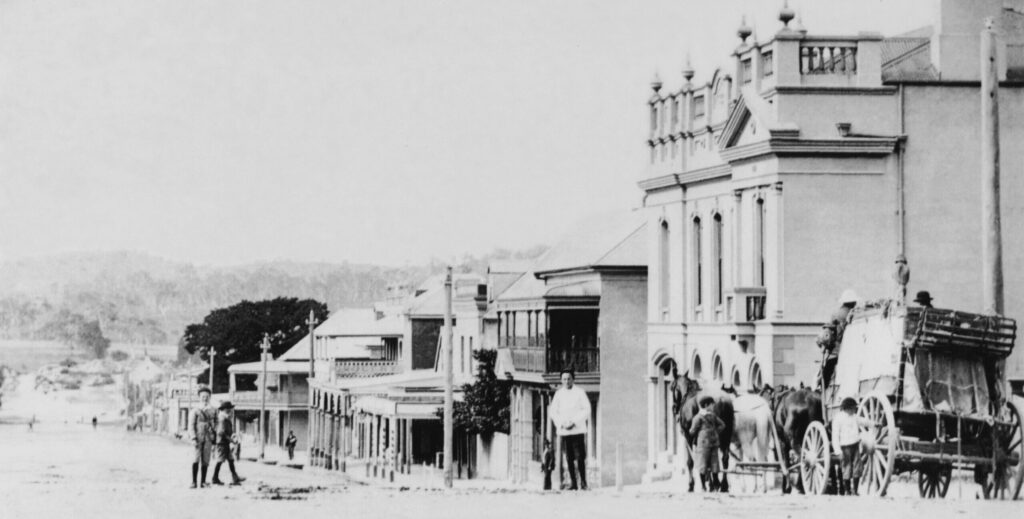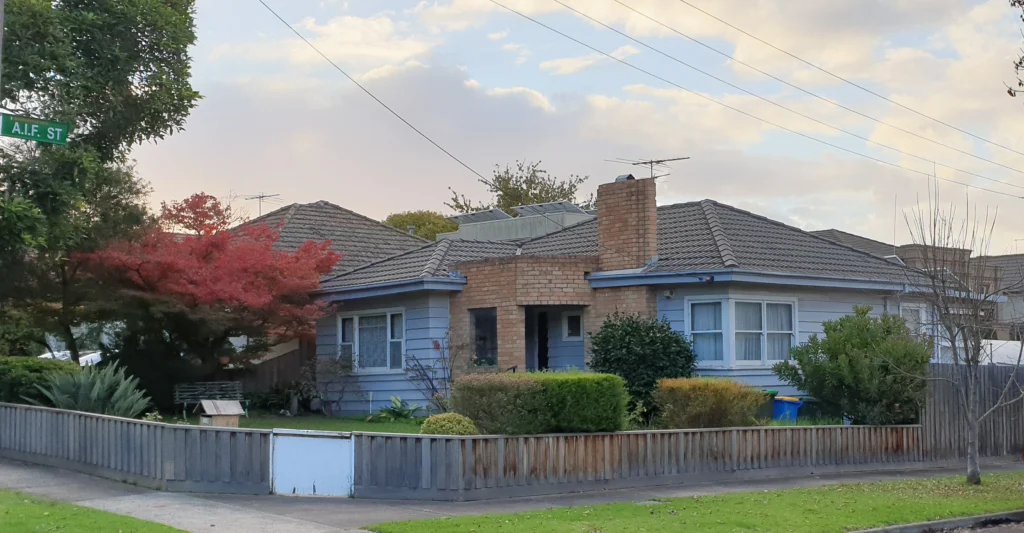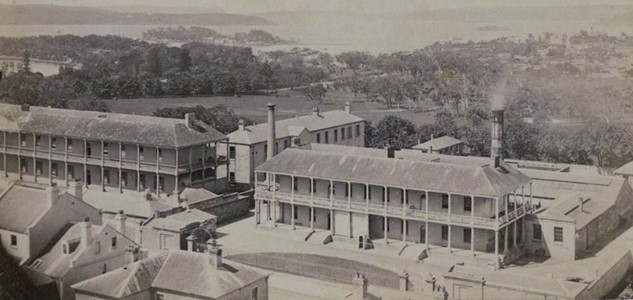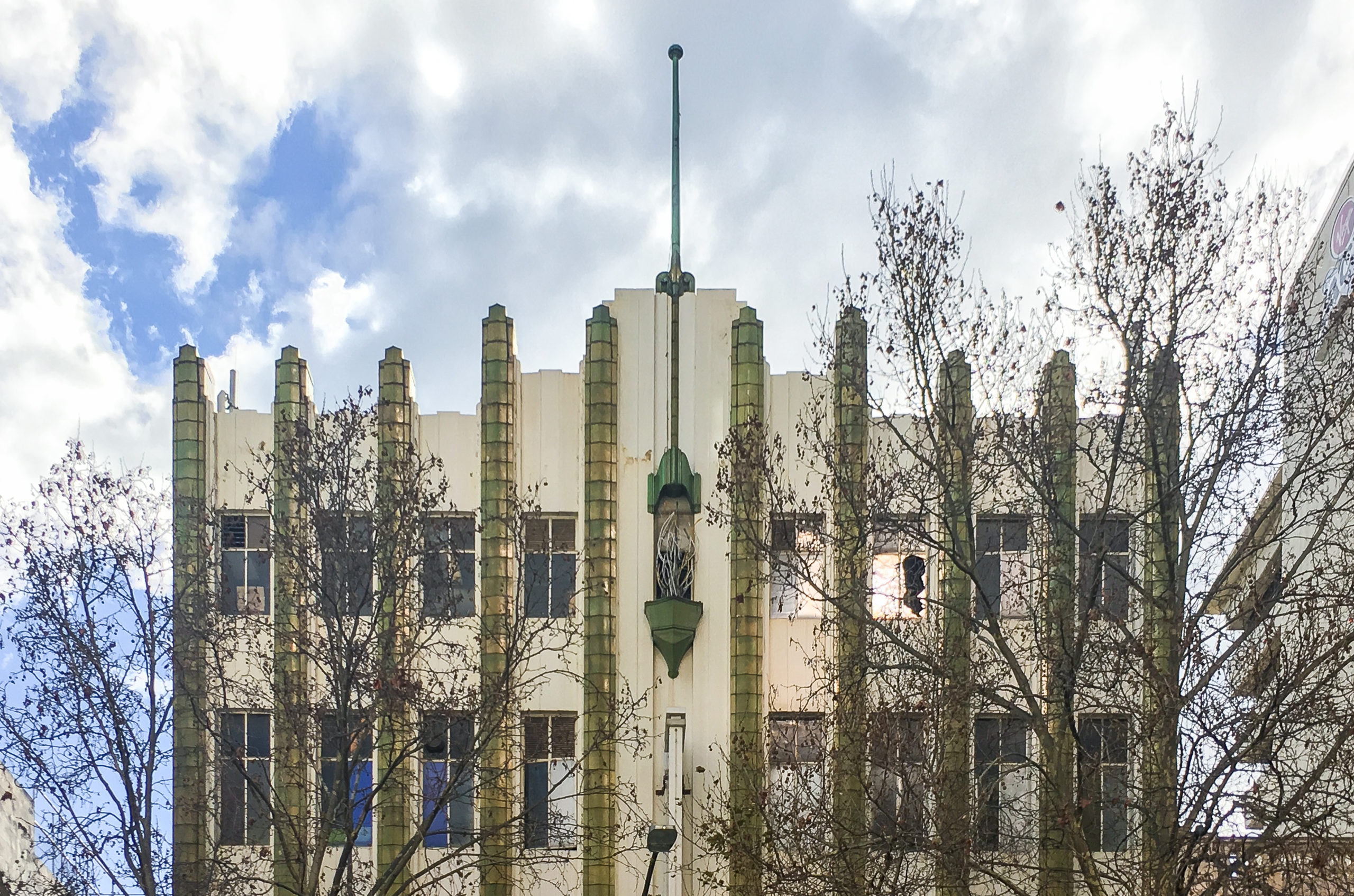
The Hoddle Grid Heritage Review
Heritage Review
Image: Former Patersons Pty Ltd, 152-158 Bourke Street
City of Melbourne
Melbourne, VIC
The Hoddle Grid, which comprises the original 1837 layout for Melbourne, is laid over a landscape rich with history.
Situated on the north bank of the Birrarung (the Yarra River), and comprising streets, laneways and open spaces, the Hoddle Grid area can be understood in many ways: as a layered landscape that is rich in history, archaeology and urban heritage, and through its connections to Aboriginal Traditional Owners and custodians.
The area has long been the heart of Melbourne.
GML Heritage (formerly Context) worked with the City of Melbourne from 2017 to 2020 on the Hoddle Grid Heritage Review, which is the most comprehensive review of heritage places in central Melbourne that has been undertaken since the 1990s. The review sought to set a new benchmark for cultural heritage that engaged with thematic and spatial analysis, to reveal a richer and more nuanced understanding of the heritage values of the urban landscape of the central city.
The six-volume Hoddle Grid Heritage Review consisted of three main components: Urban and built heritage (Vol. 1 & 2, undertaken with GJM Heritage); Aboriginal and shared heritage (Vol. 3, 4 & 5); and Community and stakeholder engagement (Vol. 6). Specialist sub-consultancies who contributed to the project were Ochre Imprints, On Country Heritage & Consulting, and Spatial Vision.
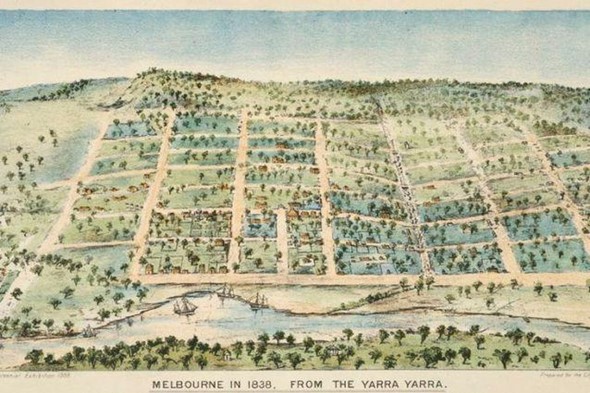
Image: Clarence Woodhouse, Melbourne in 1838, from the Yarra Yarra. (Source: Accession no: H24052, State Library of Victoria)
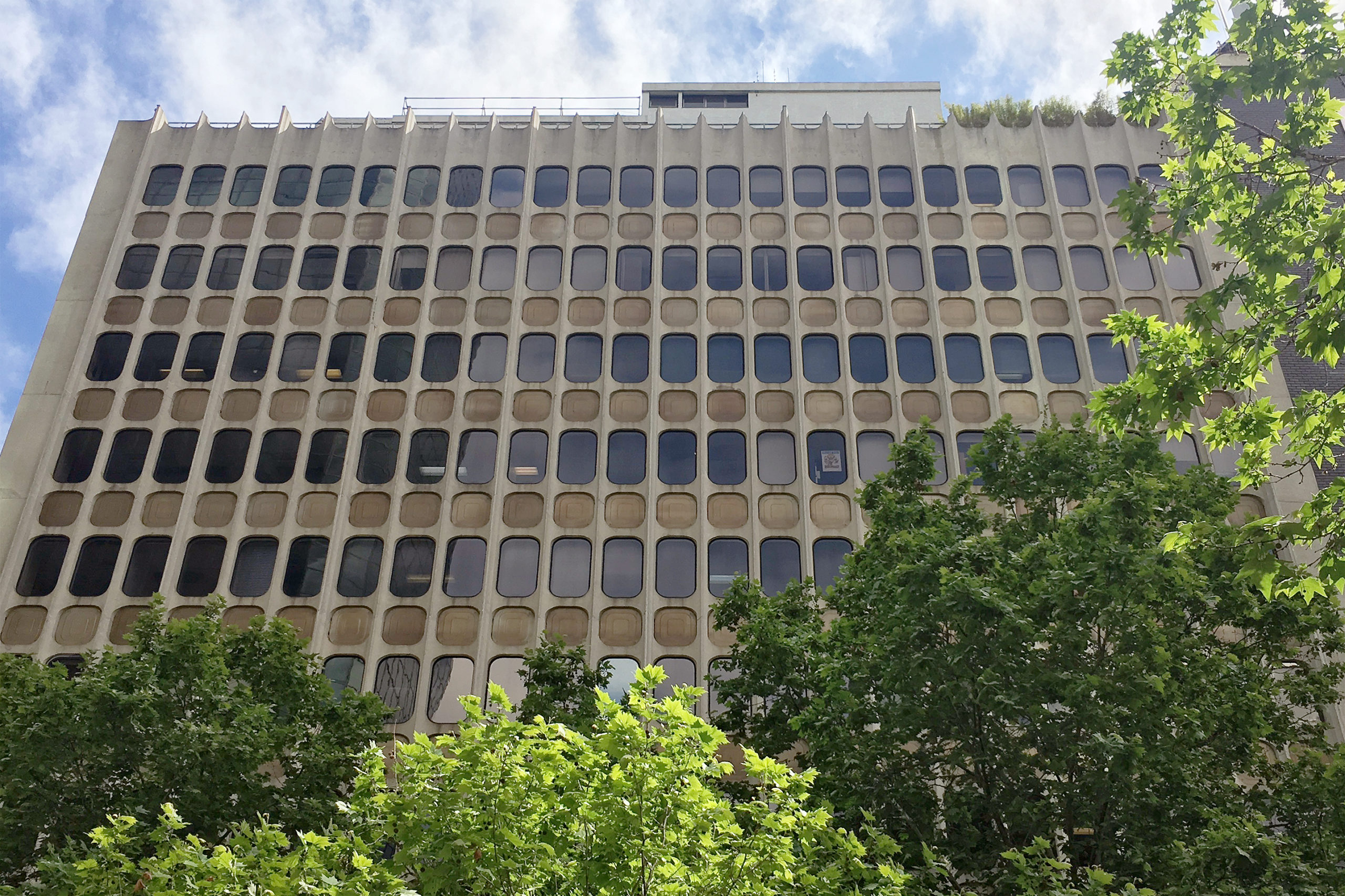
Image: Former Law Department’s Building, 221-231 Queen Street
The urban and built heritage volumes recommend protection for 137 individual places and five precincts developed throughout the 19th and 20th centuries. From a thematic perspective the project sought to understand the human story of the city in finer grained detail, as well as recognise the distinct narratives emerging from retailing and manufacturing, to gathering together and living in the city.
The places assessed include buildings of various scales, some ornately decorated with others more utilitarian; speciality shops with residences above; family-run department stores and large emporia; local businesses and prestigious national headquarters. Over a third of the identified buildings dated from the postwar period and had not previously been considered for heritage protection through the heritage overlay.
In April 2022, permanent protection for 126 buildings and 5 precincts was granted, unanimously supported by Councillors.
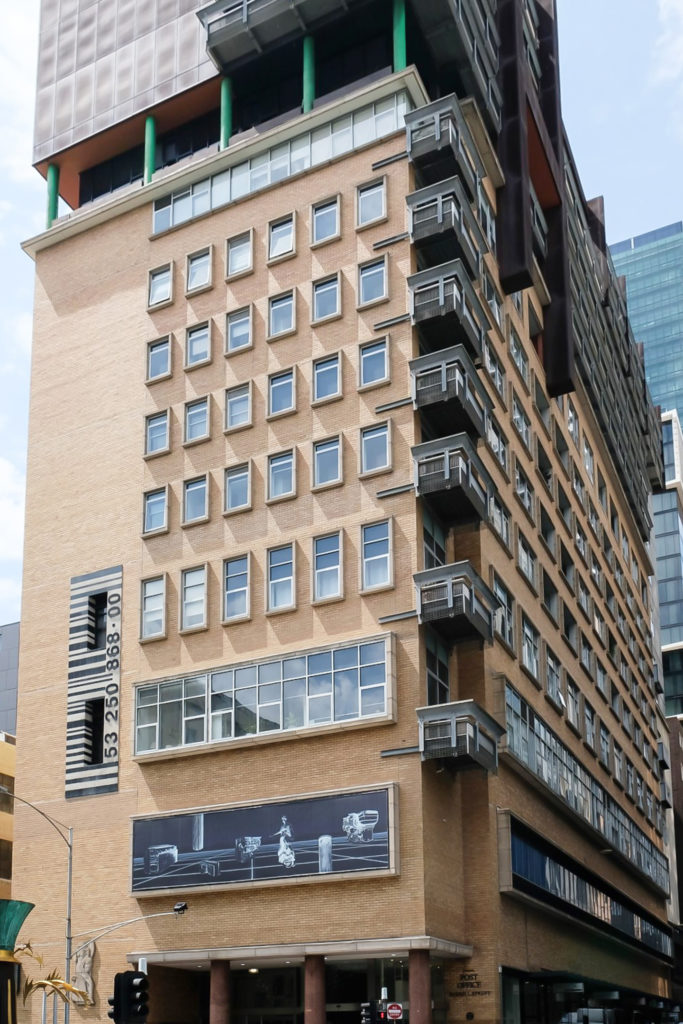
Image: Former Russell Street Automatic Telephone Exchange and Postal Building, 114-120 Russell Street
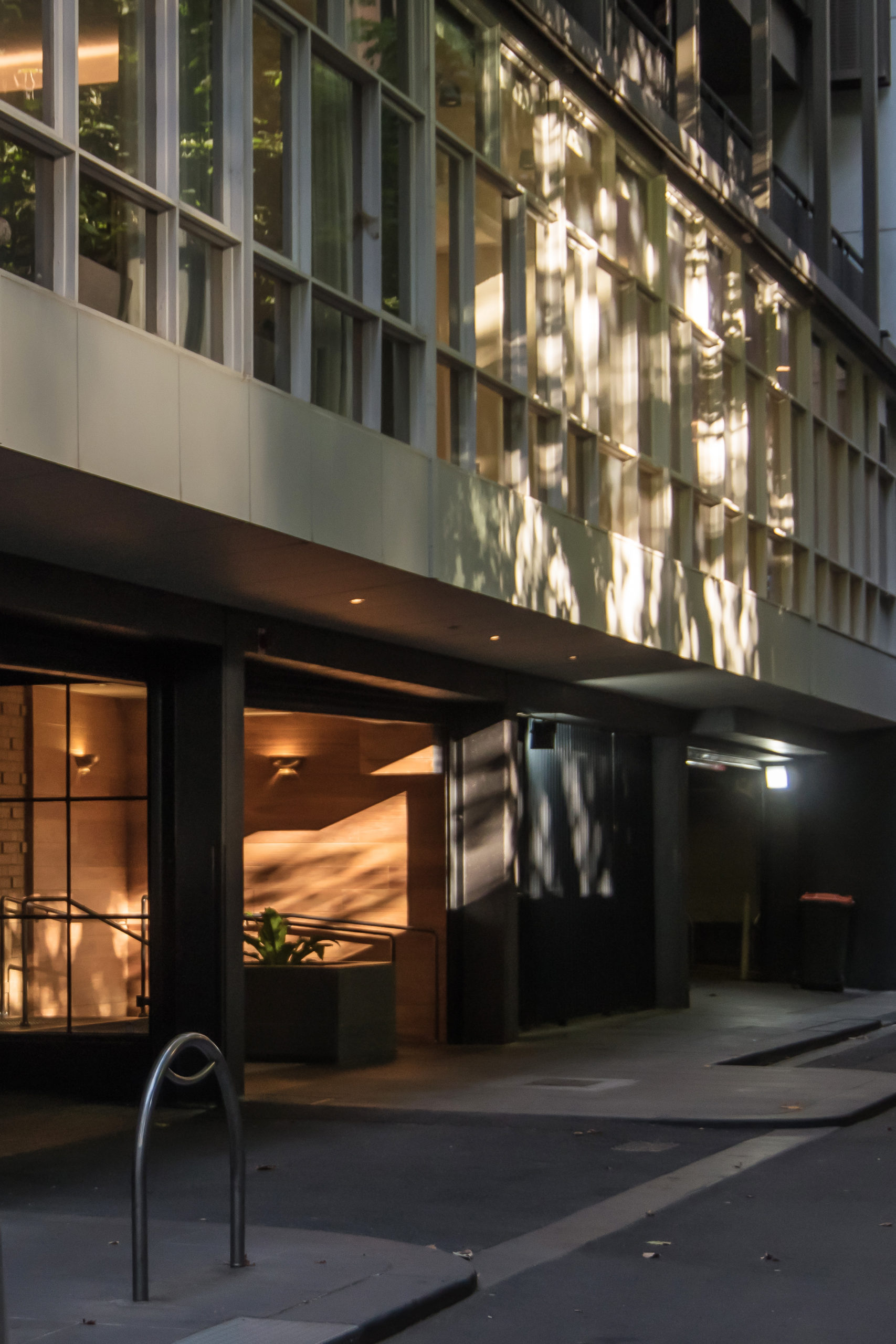
Image: Lyceum Club, 2-18 Ridgway Place
